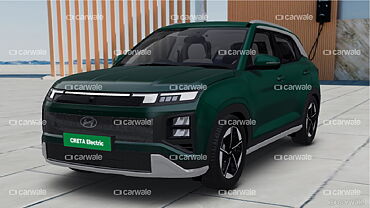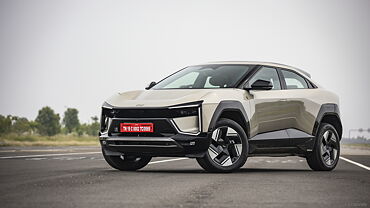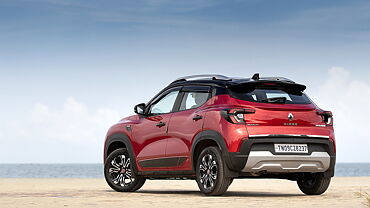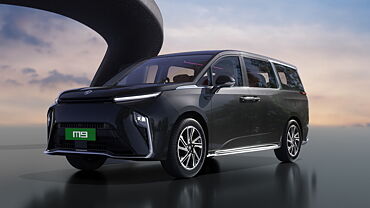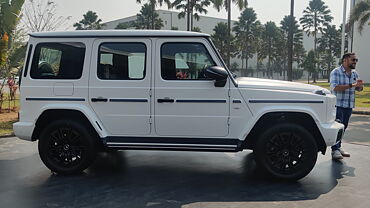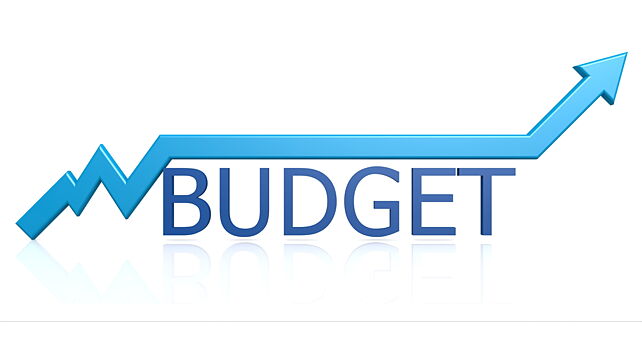
The 2017 Budget has been lauded by experts for being a well-balanced policy aimed at gradually reducing the fiscal deficit. It is said to have struck the right balance between fiscal discipline and populism. As we had reported before, the automobile industry had their own set of expectations from budget. So here is a rundown on what we expected and what we got and what it mean for the next financial year.
The automotive industry was unanimous in their call for implementation of the GST regime as it would simplify the taxation and possibly lead to reduction of prices inflated by the repetitive taxation in the current system. Finance Minister, Arun Jaitley, assured the implementation of the GST this fiscal and hence has left the excise structure untouched as of now.
Corporate taxation for MSMEs have been reduced by five per cent to 25 per cent. Vinod Dasari, President SIAM said, “The decrease in corporate tax rate for MSME will give relief to the tier 2 and tier 3 automobile component manufacturers and help them make investment for future expansion.”
While the expectations regarding the increase in depreciation rates for investment in research and development remained unaddressed, the government has abolished the cess on import of technology. Also, the government has allotted Rs 175 crores for the FAME scheme which aims at improving and encouraging electric/hybrid vehicles and related infrastructure.
Guillaume Sicard, President Nissan-Datsun, said “The Income tax rate cut from 10% to 5% for individual tax payers earning under 5 lacs per annum will create a positive sentiment among likely first time buyers for entry level and small cars.” We can expect more activity in the budget segment which includes the compact hatchbacks, the entry-level B-segment hatchbacks and the compact sedans.
“Control over fiscal and revenue deficit are encouraging and the clear focus on rural development, thrust on infrastructure and poverty alleviation while keeping fiscal prudence is in the right direction. The agricultural credit at 10L crore is one of the biggest wins which will provide the necessary impetus to the rural economy. As the Indian economy moves from good to great, there was an expectation for a more aggressive budget to enable this transformation” said Sumit Sawhney, CEO Renault India.
The added focus on infrastructure development and road-building aims to boost rural growth and combined with the electrification and digitisation targets will allow the rural economy to grow at a faster rate. The stress on agriculture and allied sectors will also help push the growth of tier 2 and tier 3 cities.
Foreign direct investment procedures are being eased with the disbanding of the FIPB and will ensure smooth inflow of offshore funds thus helping foreign players like Peugeot-Citroen who are planning to setup their base in the country. There has been no word on the fleet renewal policy and it seems the idea has been deferred for now. Car makers had hopes from the scrapping policy as it would certainly have meant more sales numbers.
Overall, the 2017 budget seems prudent in its attempt to normalise the economy and build a base for higher growth and more reforms in the coming years.

